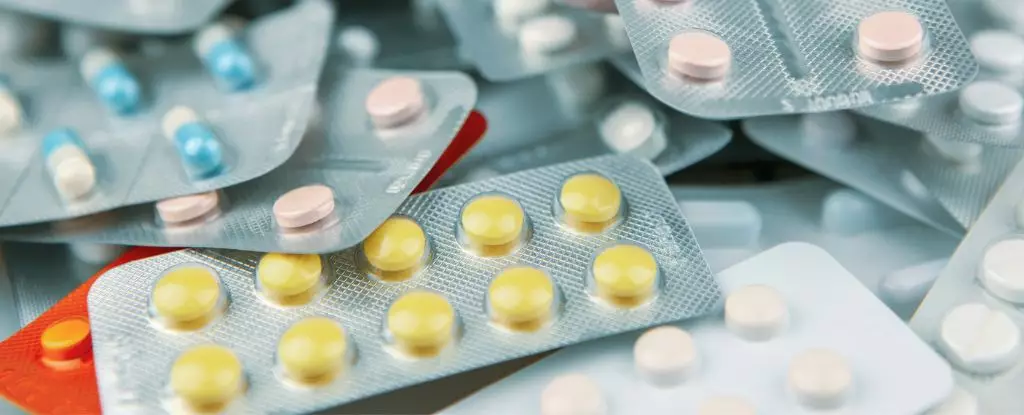The landscape of generic drugs has transformed the healthcare sector, providing cheaper alternatives to brand-name medications and enabling countless patients to access necessary treatments. However, recent evidence raises important questions about the safety and quality of these widely used alternatives, particularly with those produced in specific countries. This article delves into the findings of a study that casts doubt on the uniformity of generic drug quality, emphasizing the need for regulatory scrutiny and transparency in the pharmaceutical supply chain.
Generic medications have significantly reduced healthcare costs, allowing for widespread access to essential treatments. Over the years, generics have accounted for over 90% of dispensed prescriptions in the United States, largely due to the intense competition they introduce into the market. However, while these drugs share the same active ingredients as their brand-name counterparts, the manufacturing processes can differ greatly, impacting their safety and efficacy. A recent study led by researchers from Korea and the U.S. uncovered startling discrepancies in the safety profiles of generics produced in ‘advanced’ versus ’emerging’ economies, particularly India.
The study examined 2,443 generic drugs manufactured in various countries and discovered that Indian-made generics were linked to a shocking 54% higher rate of serious adverse events (SAEs) compared to drugs produced in the U.S. These incidents, which can include hospitalizations and even fatalities, raise significant red flags regarding the supply chain quality and regulatory oversight for drugs imported from certain regions.
Authors of the study, including In Joon Noh, emphasized the need for the Food and Drug Administration (FDA) to closely investigate the underlying issues contributing to these quality discrepancies. The FDA has extensive resources and data that could shed light on these safety concerns, potentially improving patient outcomes by identifying and addressing the faults in overseas drug manufacturing.
Importantly, the findings do not suggest that all Indian-produced drugs are substandard, nor do they call for a complete halt to importing generics from developing countries. The goal is not to pit nations against each other; rather, it is to ensure that wherever generics are produced, they meet strict quality standards that are reliably enforced. There are indeed reputable manufacturers in both India and the U.S., and the problem may lie more in regulatory oversight than in the geographic location of production.
In light of these findings, one must question the FDA’s assertive stance that all generic drugs are interchangeable with their brand-name equivalents. While these generics have the same chemical composition, variances in manufacturing practices can create substantial differences in quality. The study highlights that serious quality control issues in production facilities could lead to adverse effects that were not anticipated during the drug approval process.
John Gray, a business analytics researcher, noted that while some manufacturers in both regions maintain high standards, others may engage in practices that compromise quality. The goal should not be to diminish offshore production but to tighten regulations and enhance oversight to protect patient health.
Another critical aspect of ensuring drug safety lies in the FDA’s current confidentiality policies regarding the locations of drug manufacturers. This lack of transparency raises concerns about the agency’s claims regarding interchangeability, as consumers have no way of verifying the quality of the generic medications they are prescribed. Addressing this issue could empower healthcare providers and patients to make more informed choices regarding their treatments.
The findings also suggest a troubling trend, described as a “race to the bottom,” where intense cost-cutting measures may lead to compromised drug safety. As competition drives down prices, manufacturers may prioritize profit margins over quality, endangering public health.
As the landscape of generic drugs continues to evolve, it becomes imperative for regulatory bodies like the FDA to adapt their strategies to ensure patient safety remaining the top priority. While generics have undoubtedly expanded access to medication, the findings highlight that not all generics are created equally. Rigorous inspections and enhanced transparency regarding manufacturing practices can restore confidence in these essential medications, ultimately leading to better health outcomes for all. The calls for reform resonate strongly, urging stakeholders to acknowledge and rectify the gaps in our current drug approval and monitoring processes.

